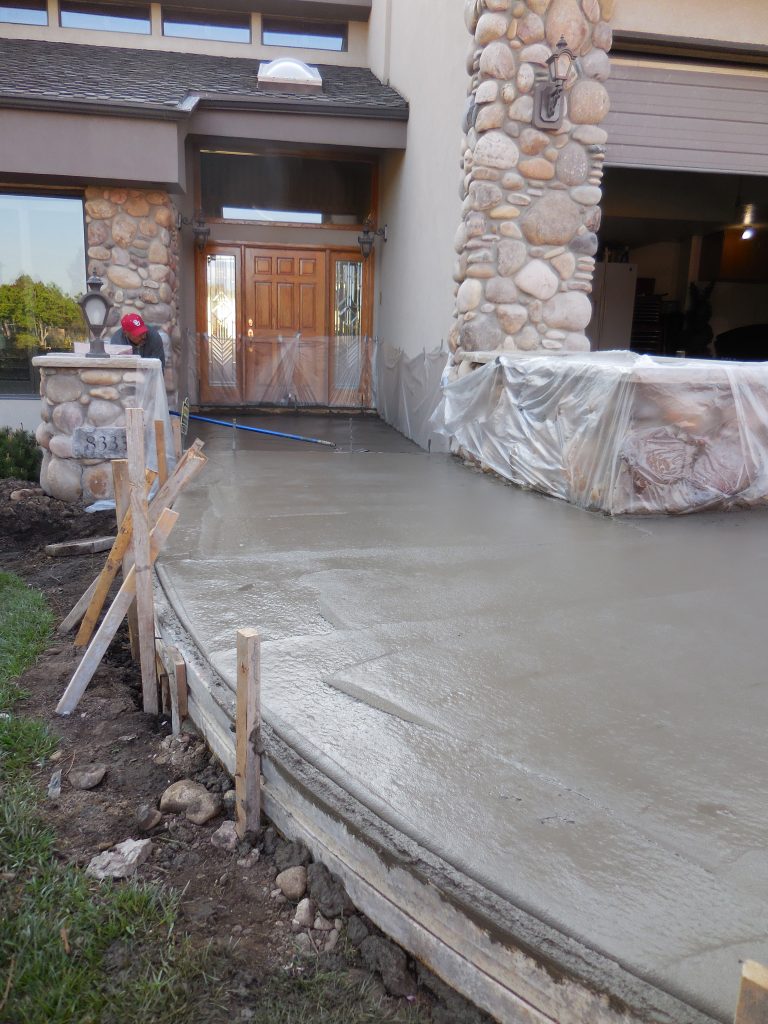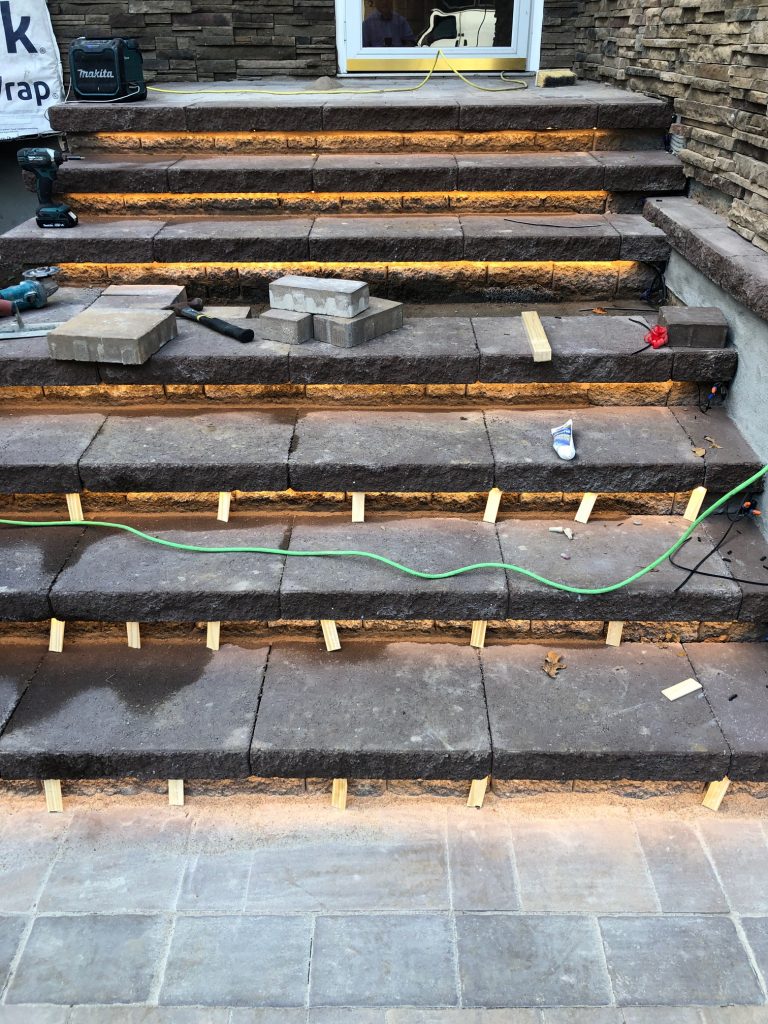Surface Application
For Concrete Applications:

Proceed with applying concrete. Ensure that the concrete covers the entire heating element and the connection between the heating cable and cold leads. Great care should be taken to not damage the heating cables by impacting, cutting or other abuse.
For Asphalt Applications:
Heatizon Systems heating cable is of high quality and durable construction. As a result, it can tolerate the heat and compression of newly poured asphalt with some modification. The heating cables can tolerate 464°F(240°C) for 30 minutes. For single pour asphalt, cover the heating element with 1/2” of substrate material prior to installing asphalt per the directions below. For both single and two pour asphalt installations place a layer of asphalt at least 1/2 inch thick over the cables by hand, and roll with a roller of approximately 1.5 ton size. This will protect the heating cables from damage by tools or paving equipment and will protect the cable from heat during placement of the main pour. Continuously check the insulation resistance of the heating cables to verify that the cables are not damaged during placement of the asphalt. Continue with the main pour.

For Paver Applications:

Proceed with the installation by covering the heating cable with a layer of sand or stone dust. Ensure that the sand or stone dust covers the entire heating element and the connection between the heating element and cold leads before the pavers are installed. Great care should be taken to not damage the heating cables by impacting, cutting or other abuse.
For Stone or Tile with Mortar Applications:
Cover the heating cable with mortar to completely embed them and allow it to set. Allowing the first layer of mortar to set will protect the heating cables during the final installation and the setting bed for stone or tile. Install the Stone or Tile and keep note that the final cable depth of the cable from the surface should be 2”. Great care should be taken to not damage the heating cables by impacting, cutting or other abuse.